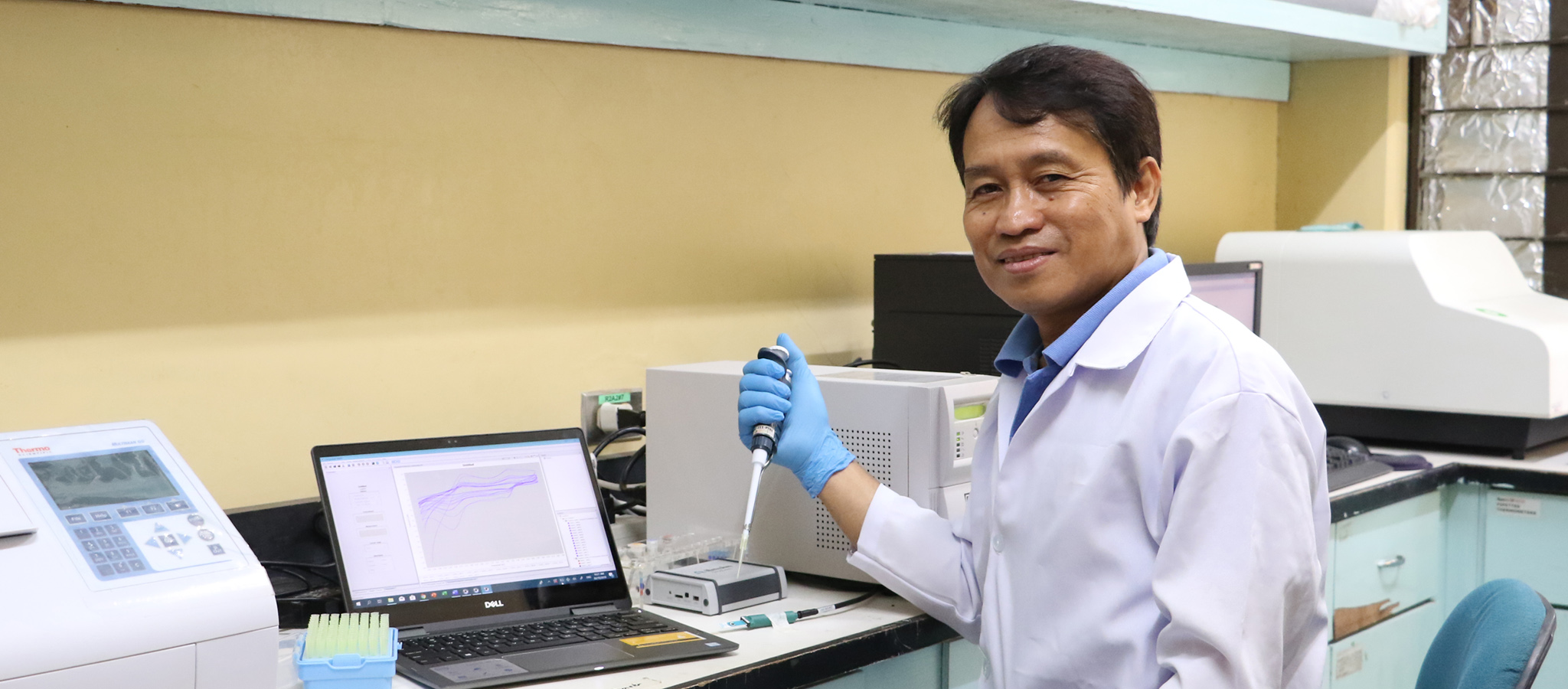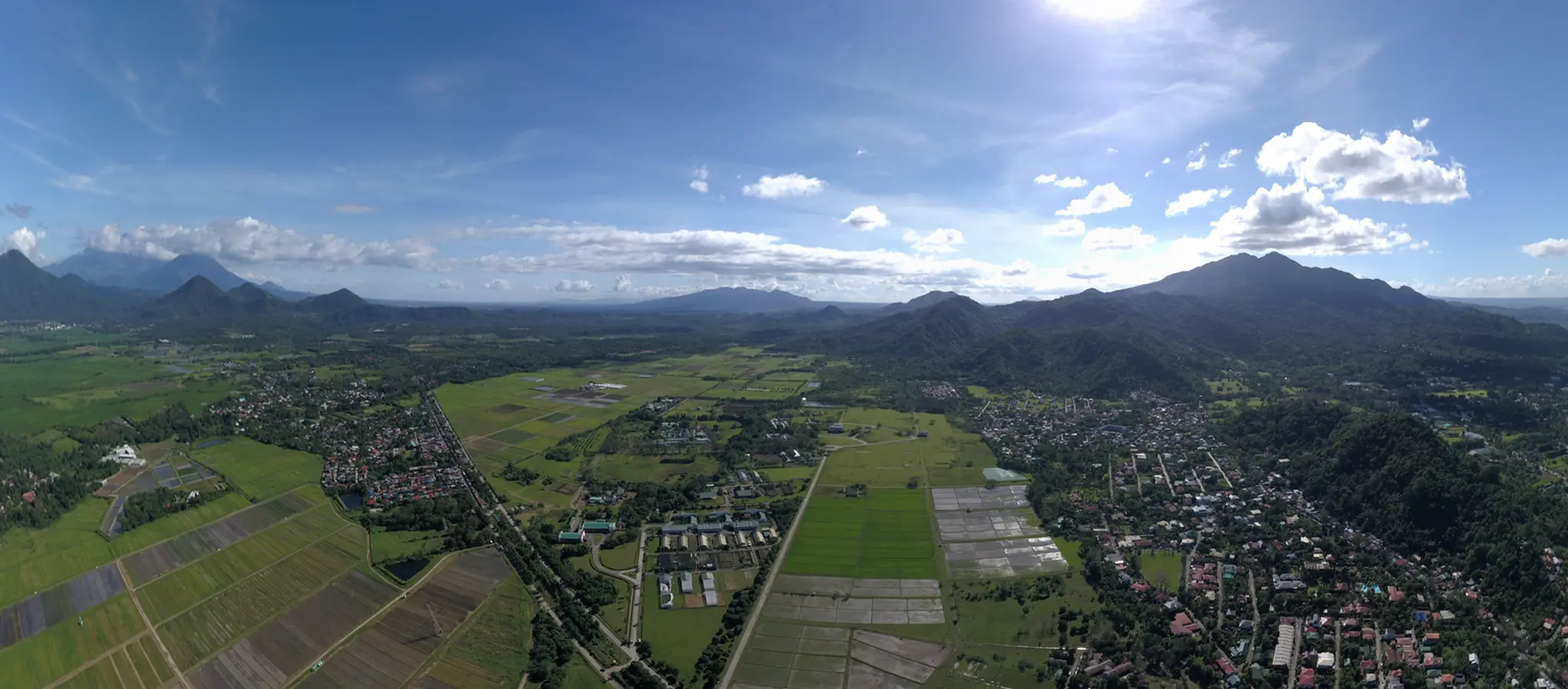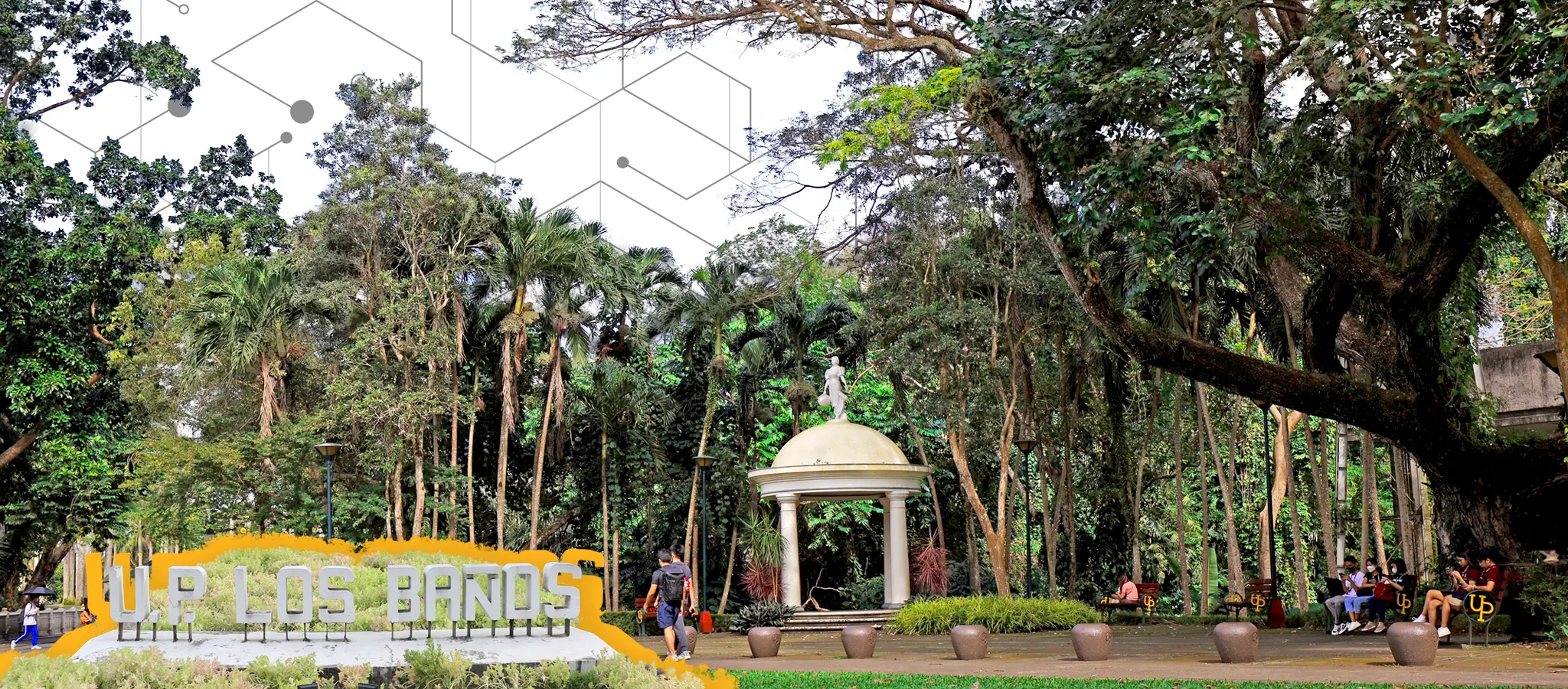
The power of “nanomaterials,” extremely tiny materials that cannot be seen by the naked eye nor with the use of ordinary microscopes, but have incredible properties, should never be underestimated.
As research in UPLB is now proving, with their incredible properties, they are akin to David and could help render the Goliaths of food safety–pathogens like E. coli O157:H7, Salmonella, and Listeria monocytogenes–ineffectual.
These bacteria, when ingested and consumed at a certain level, cause diarrhea, infection, and worse, death.
Scientists and researchers at the National Institute of Molecular Biology and Biotechnology (BIOTECH) have used information technology or bioinformatics to maximize the power of nano materials and come up with DNA-based nanobiosensor for use in detecting contaminants and pathogens in food, feed, and water.
DNA nanobiosensor could rapidly and accurately detect these pathogens in as fast as 1-5 hours, depending on the sample and level of contamination. This makes it far more superior to the polymerase chain reaction (PCR) technology that requires at least 24 hours in multiplying the DNA to make analysis and identification possible.
According to its lead scientist, Dr. Francisco B. Elegado, research professor at BIOTECH, a UP Scientist, and UPLB outstanding researcher for 2019, in using nanobiosensor, the suspect food or liquid that is going to be analyzed would just need to be mixed with magnetic nanomaterials, which then attract and capture bacterial cells.

The target pathogen specifically hybridizes with the DNA probes attached to electrically active magnetic nanomaterials. Information on the presence or absence of dangerous bacteria would then appear on the nanobiosensor’s monitor.
Specific nanobiosensor DNA probes were designed using specialized software called Molecular Evolutionary Genetics Analysis (MEGA) 4, which is a tool for bioinformatics and DNA sequencing analysis.
Another advantage in using this technology is its portability. Unlike PCR that can only be used in a laboratory, the nanobiosensor package is handy and can be brought to and used in the field, Dr. Elegado said. It also needs lesser investment compared to the PCR technologies.
Nanobiosensor technology was first introduced in BIOTECH in 2010 by Dr. Evangelyn E. Alocija, a “Balik Scientist” from Michigan State University. BIOTECH later pursued a series of projects to validate its potentials. (See “Nanobiosensor research at BIOTECH.”)
Dr. Elegado’s team is currently conducting another DOST-PCIEERD-funded project entitled “Enhancement, field validation and market readiness of DNA-based nanobiosensor for the detection of E.coli, E. coli O157:H7 and Salmonella enterica in water, food, feeds and fresh produce.” It aims to enhance and validate the nanobiosensor technology in the field.
The nanobiosensor technology, according to Dr. Elegado, has potential market in the water, food and feed manufacturing industries, and in ensuring safety in organic food produce.
The small, portable, and agile nanobiosensor could effectively strike a fatal blow to this public health problem.
It is high time for cutting edge technology to be used in order to provide a solution to food pathogens that have compromised public health for far too long.
Photo by Vandolph R. Maningas
Share this on:



